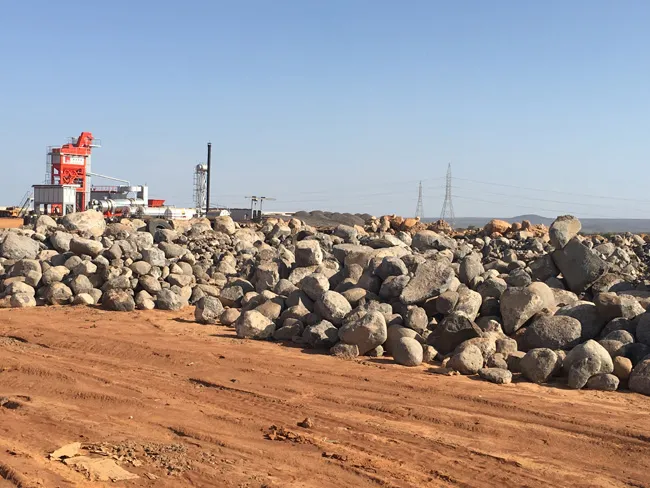The US$197.79 million (NZD 230 million) Haast-Hollyford toll road in New Zealand is expected to provide 1,500 construction jobs over four years, increase West Coast tourism and cut travel time between Haast and Milford Sound. Extra funding for the toll road has been made available. The toll fee will begin at $30.26 (NZD 35) per traveller and will generate $25.93 million (NZD 30 million) in the first year.
March 31, 2014
Read time: 1 min
The US$197.79 million (NZD 230 million) Haast-Hollyford toll road in New Zealand is expected to provide 1,500 construction jobs over four years, increase West Coast tourism and cut travel time between Haast and Milford Sound. Extra funding for the toll road has been made available. The toll fee will begin at $30.26 (NZD 35) per traveller and will generate $25.93 million (NZD 30 million) in the first year.







